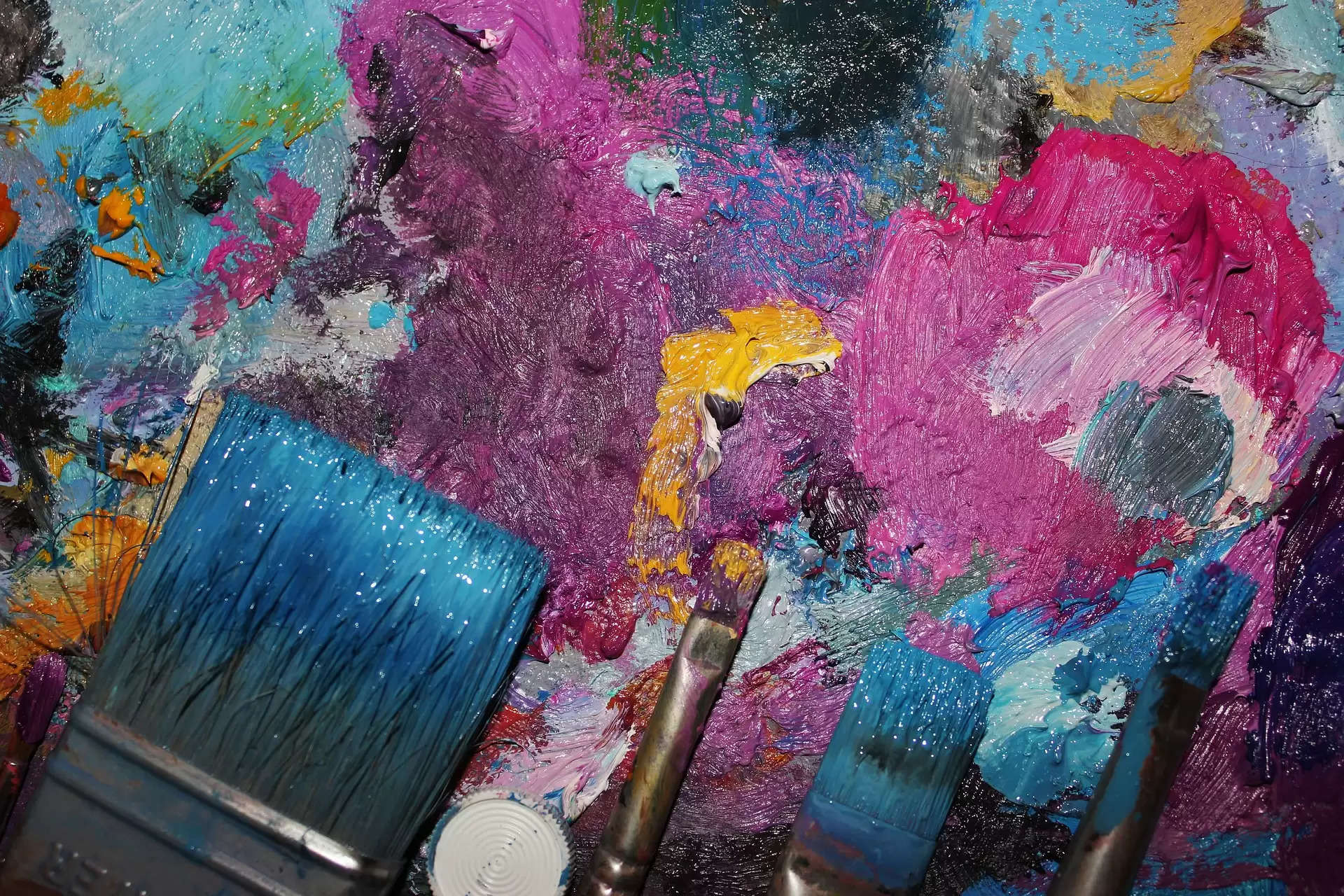Exploring The Rarest Colors On Earth

The Colorful World Beyond ROYGBIV
Scientists estimate that the human eye can distinguish up to 10 million colors, an astounding number considering our retinas only have three types of color-perceiving rods: red, green, and blue.
The classic ROYGBIV (red, orange, yellow, green, blue, indigo, violet) colors of the rainbow are just a tiny fraction of this spectrum. Exploring beyond these well-known hues reveals a world of rare and fascinating colors, each with its own intriguing backstory.
Rare Reds: Kermes, Dragon’s Blood, and Cinnabar
Kermes Red: Dye from Insects
Dating back to ancient Egypt, kermes red was made from crushed female kermes insects found on the kermes oak tree. It was so valuable that it could be used as rent payment in the Middle Ages. The discovery of the cochineal insect, with a stronger pigment, eventually overshadowed kermes red.
Dragon’s Blood Red: From Myth to Varnish
Derived from the resin of Dracaena trees, dragon’s blood red was used by ancient artists and the Romans. Today, it’s more commonly used as a varnish, especially for musical instruments like violins.
Cinnabar Red: Volcanic Vibrance
Cinnabar red, also known as vermilion, is derived from mercury sulfide. Used across cultures for centuries, its vibrant color and potential toxicity make it both captivating and hazardous.
Brilliant Blues: Ultramarine, YInMn, and Woad
Ultramarine Blue: Worth More Than Gold
Once more valuable than gold, ultramarine blue was made from lapis lazuli, a gem mined primarily in Afghanistan. Artists in the Renaissance would wait months for shipments of this pigment, using it sparingly to depict sacred subjects like the Virgin Mary's cloak. Synthetic ultramarine was developed in the 1820s, democratizing this previously exclusive color.
YInMn Blue: A Modern Discovery
Accidentally discovered in 2009, YInMn blue is the first new blue pigment in 200 years. Named for its chemical composition (yttrium, indium, manganese), this vibrant blue continues to captivate artists and scientists alike.
Woad Blue: Ancient Dye
Woad blue, derived from the woad plant, has been used since the Neolithic era. Although its cultivation is restricted in some areas, it remains a cherished color among craft enthusiasts.
Vibrant Yellows: Indian Yellow, Quercitron, and Gamboge
Indian Yellow: The Cow Connection
Indian yellow, used by Van Gogh, came from the urine of cows fed only mango leaves. This practice, centered in Bengal, was halted due to the inhumane treatment of the cows. Despite its controversial origins, Indian yellow remains a notable pigment in art history.
Quercitron Yellow: The Forgotten Dye
Quercitron yellow, also known as Dutch Pink, came from the bark of the American black oak. This dye, popular in the 18th century, fell out of use with the advent of synthetic dyes. Its confusing nomenclature and origins have contributed to its obscurity.
Gamboge Yellow: A Risky Pigment
Harvested as sap from trees in Cambodia, gamboge yellow has been used in Chinese painting and can be seen in Rembrandt’s works. Its toxicity has limited its use, but it remains significant in Buddhist monk robes.
Mysterious Purples: Tyrian Purple
Tyrian Purple: The Color of Royalty
Tyrian purple, linked to royalty, comes from the spiny murex sea snail. Legend has it that Hercules’ dog discovered the color. The labor-intensive and odorous process of extracting the dye contributed to its exclusivity and association with wealth and power.
Ominous Blacks and Macabre Browns: Vantablack and Mummy Brown
Vantablack: The Blackest Black
Vantablack, absorbing 99.965% of visible light, is made from vertically aligned carbon nanotubes. Exclusively used in aerospace, defense, and by artist Anish Kapoor, it remains the rarest and most unique black in the art world.
Mummy Brown: Art's Morbid Hue
Mummy brown, derived from ground-up Egyptian mummies, was popular from the 16th century until the 1960s. The dwindling supply of mummies and ethical concerns led to its decline. Today, we prefer to preserve mummies in museums rather than on canvases.
Dangerous Whites and Greens: Lead White and Scheele’s Green
Lead White: The Dangerous Beauty
Lead white, used by ancient civilizations for its brilliant opacity, is rare today due to its toxicity. Although prized for its effect in oil paints, lead poisoning risks have led to its replacement by safer alternatives.
Scheele’s Green: The Poisonous Trend
Favored by Victorians, Scheele’s green contained arsenic, leading to poisoning cases among workers and consumers. Despite its vibrant hue, its dangerous composition has made it a cautionary tale in the history of pigments.
Peculiar Pinks: Baker-Miller Pink
Baker-Miller Pink: The Calming Color
Also known as "drunk-tank pink," Baker-Miller pink was believed to reduce aggression in prisoners. Despite mixed results, it has been used in various institutions for its purported calming effects.
These rare colors, each with their unique histories and compositions, remind us of the intricate and often surprising relationship between nature, science, and art.
.jpg)
